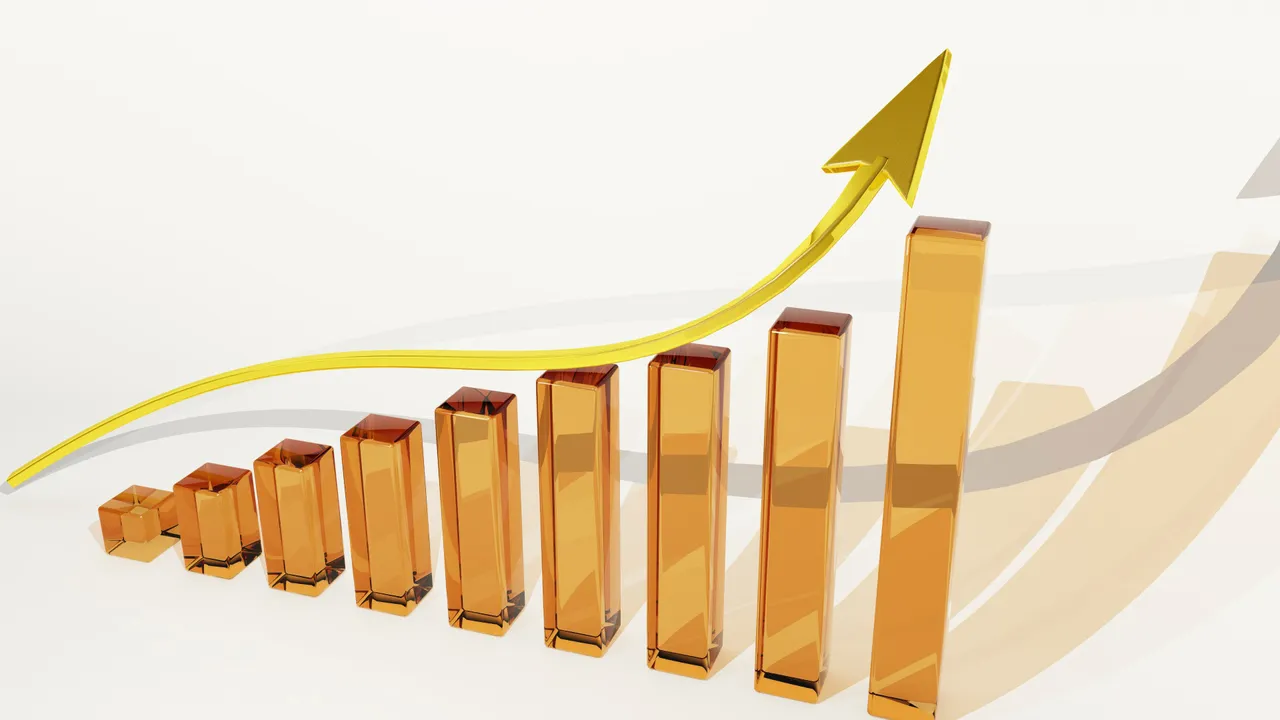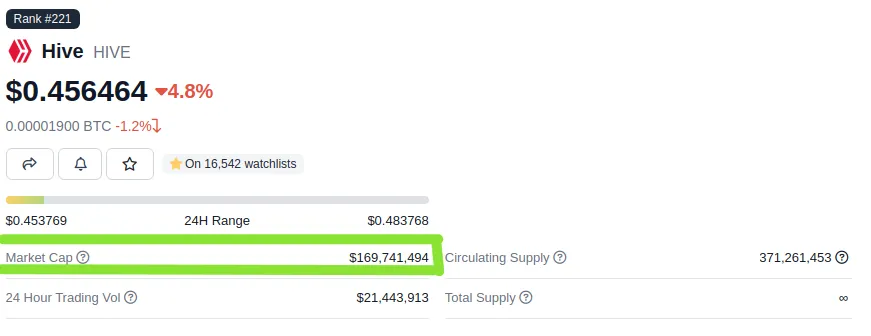
Back in 1986 Microsoft held their IPO (Initial Public Offering) in which they raised roughly 60 million dollars from investors to expand their business. By 2007, (before Quantitative Easing) Microsoft's market capitalization had risen organically to roughly 300 billion dollars, a 5000x increase in value. If you had invested only $1000 into Microsoft back in 1986, it would be worth several millions today.
Back then, the future was personal computers in every home, and workstations in every cubicle. Microsoft capitalized on that vision with its software, and became the tech behemoth that it is now. These days, I would say that the future is Decentralized Finance, and cryptocurrencies in every smartphone on the planet.
Of course, public companies and cryptocurrencies are two very different entities, but as we've seen with Bitcoin and Ethereum, the potential for similar growth in valuations is quite real.
Is it possible that some crypto projects that are only worth 60 million dollars today could reach a 300 billion dollar market cap 5-10 years from now?
Well, considering that the entire financial world is worth roughly 250 trillion dollars, and the market cap of all of crypto combined is only $1 trillion, I would have to say that yes, it's a real possibility that many projects will reach that valuation or higher, especially as Bitcoin continues to lose its market dominance to other projects.
That said, at this stage of the game it's next to impossible to determine which of these projects will be the winners. Some public blockchains are going to attract millions of users, while others will remain niche and fade into obscurity.
The question is, how much do you need to invest in these projects for a chance at life-changing wealth?
The Importance of Market Capitalization
The market capitalization of a crypto project is one of the most important metrics you can look at when determining potential gains. For example, Bitcoin's market cap is already half a trillion dollars, so it's far less likely to 100x than a token that has a market cap of only 60 million (unless you think like a Bitcoin maximalist, of course).
So if you find a new crypto project that looks as promising as Microsoft, how much would you need to invest to see a similar return on your investment?
First of all, check the market cap of the project on a site like CoinGecko or CoinMarketCap. If it's hovering around $60 million you would need to invest about $1000, just like the Microsoft IPO. If the market cap is merely $6 million, you would only need to invest $100.

For example, in the case of HIVE, the market cap of the token today is roughly $170 million. So if HIVE were to have a similar level of success as Microsoft, you would need to have approximately $3000 invested in it, to see equal returns.
But what's the probability that you've actually found a gem? You can increase your chances by diversifying.
To Diversify Or Not To Diversify
Let's say you have $10,000 to invest. One route would be to pick a single project worth about 60m that you wholeheartedly believe will be a major winner and throw all $10k at that single project. In the event that it has Microsoft level success, you will have made over 10 million dollars. If it fails, languishes, or only partially succeeds you'll be left with nothing, or a relatively small dollar amount.
Another route would be to split your 10k among 10 similar projects, investing $1,000 in each. If only one of them succeeds like Microsoft, you'll have increased the value of your portfolio to at least 1 million dollars.
You could even split it amongst 20 similar projects, investing $500 in each. And if only 1 out of the 20 succeeds like Microsoft, you'll have a portfolio worth at least $500,000. At that point, would it really matter if the other 19 fail?
My point is that, at these early stages of the race, what are the chances that you're going to pick the winner, when there are nineteen other projects in the competition?
And ask yourself, how much wealth do you really need to be financially free anyway? Will you really be fretting that extra 9 million you missed out on by not going all-in on a single project? Likely not. This strategy is about risk management, and increasing your chances of success.
You are also increasing your level of education by becoming somewhat informed of the differences and nuances between the 20 different projects, even if you don't have in-depth knowledge of each one.
The Way We Measure Wealth Is Going To Change
One caveat to all of this is that we are still thinking of crypto valuations in dollar terms. Considering the macroeconomic situation of the past decade, the dollar may not be around for that much longer. Will one million USD really mean much of anything in the next decade, if the dollar has been taken out by hyperinflation, or been replaced by some other currency?
What it really boils down to is that you're increasing your purchasing power, however you want to measure it. But the freedom you'll have with your newfound wealth will depend on your geographic location and the policies of the local governments where you are (ie: whether they're crypto-friendly or not). You may want to start looking into geographic areas that are forward-thinking and have an increase of merchants who accept crypto directly as payment.
Conclusion
When determining the potential gains of an investment, it's important to check the market cap of a coin, and invest a proportional amount. Given the fact that crypto is the future of finance, and is only a fraction of the total wealth of the world, we could see several projects achieve Microsoft level success this decade. Finally, diversification of assets is key, in order to increase the chances of having a gem in your portfolio.
Do you think we're going to see several Microsoft level successes in crypto throughout this decade and the next?
Image: 1
Source: https://www.cnbc.com/2018/11/19/how-much-a-1000-dollar-investment-in-microsoft-at-its-ipo-is-worth-now.html